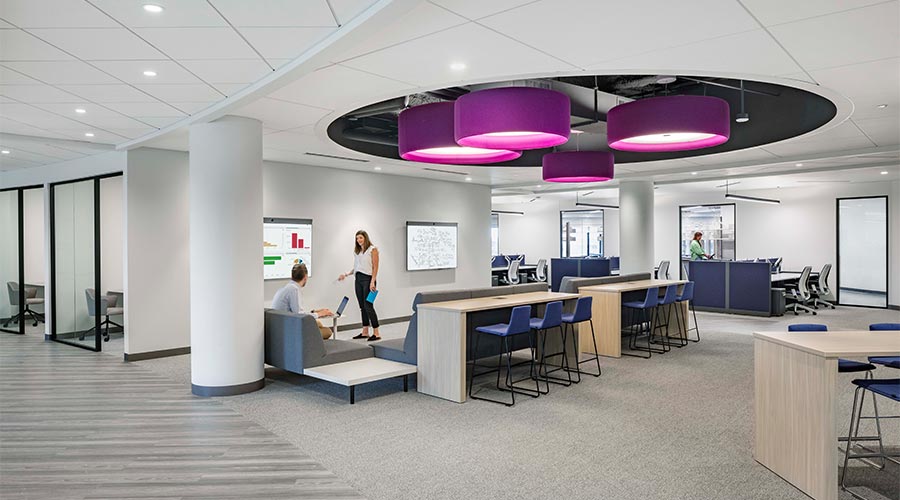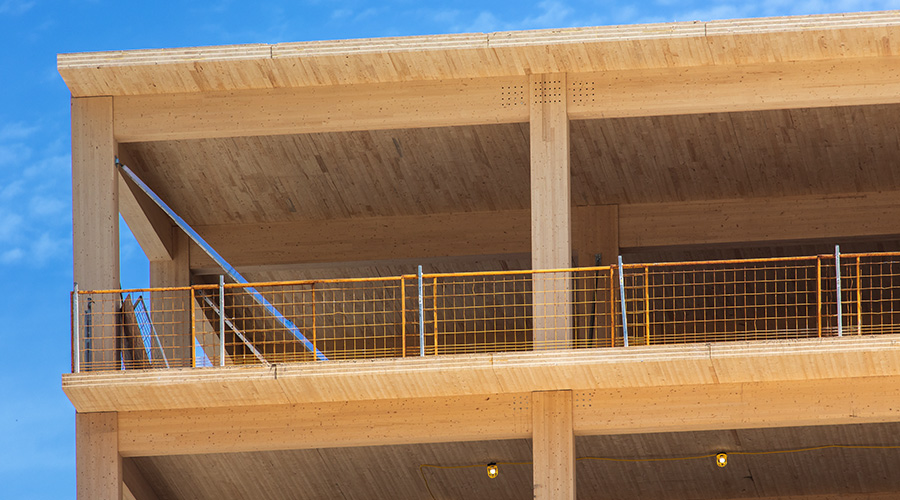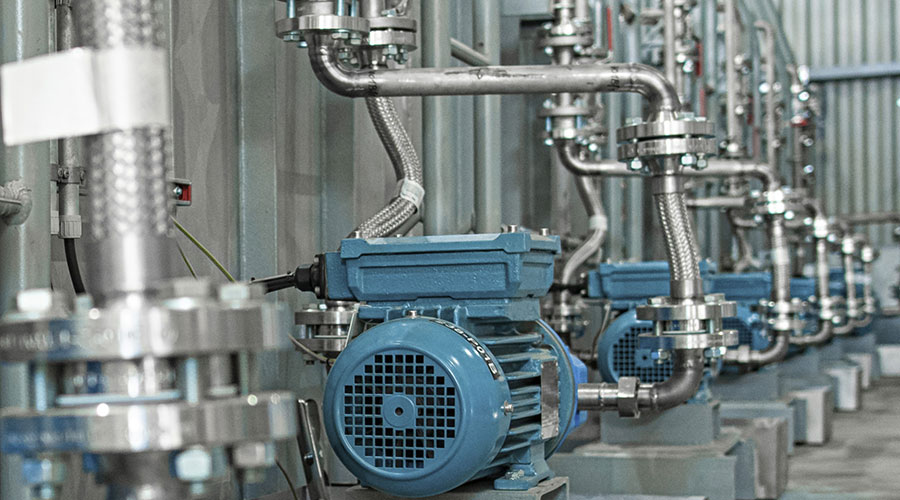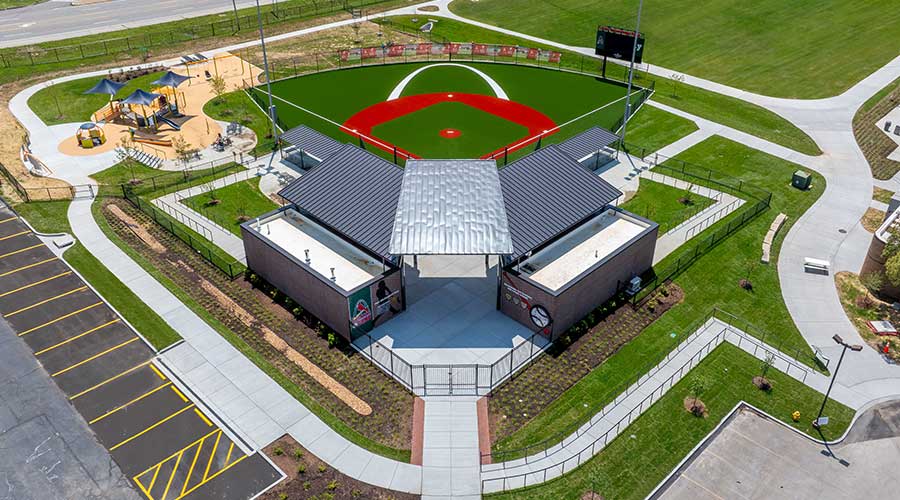Workplace Design Can Help Attract, Retain Generation Y Employees
More than ever, workplace design, or redesign, is a way for corporations to attract, maintain, and retain employees. The changing dynamics of today's American workforce are driving the movement. While Baby Boomers and Generation Xers are still very much in evidence, it is Generation Y, aka the Millennials — those born in the 1980s and 1990s — that is making the biggest impact. Estimated at more than 70 million strong, they are the fastest-growing segment of our nation's workforce, and one of the most in-demand by businesses of all sizes and in most industries.
Corporations are redesigning workplace environments as a strategy to compete for Generation Y talent. As part of the strategy, they also are creating workplaces to shape a new corporate culture.
Who Are Gen Y Workers?
In their formative years, Generation Y workers had the opportunity to sit in a coffee shop where they simultaneously did homework and talked to or texted with their friends — all while watching Jon Stewart episodes on their laptops and listening to background music. Multitaskers? You bet.
Having grown up using gadgets like iPods, laptops, and smart phones, they tend to be tech-savvy. They rely on technology to do everything from work through play, 365 days a year. More than older workers, they are likely to prefer to communicate through text messaging or email versus face-to-face, and may choose teleconferencing and social media over interpersonal interaction.
Nevertheless, they are team-oriented, seeking out the input and affirmation of others. Members of Generation Y often grew up participating in organized play, from playgroups through team sports.
What's more, they are achievement-oriented, both for themselves and for their employers. While they may not be as obvious about it as older generations, they look for jobs that present "meaningful" new challenges, opportunities and chances to learn.
But they aren't slaves to their jobs. They demand a certain level of work/life balance, and are willing to trade high pay for flexible schedules and, importantly, a more appealing work environment.
All this means that today's corporations are faced with the dual challenges of accommodating the needs of these younger, increasingly numerous, employees, while also meeting the needs of older workers.
Today's workplace diversity has created demand for flexible spaces (that users can customize) and high-performance spaces.
Flexible spaces include those that can be designated for specific types of work, such as quiet spots, spaces for individual and high-concentration activities, and areas where small groups of employees can have private conversations.
Examples of high-performance spaces are meeting rooms, cafes, war rooms, incubator spaces, innovation labs, and other team rooms for collaborative work on a larger scale.
Related Topics:















